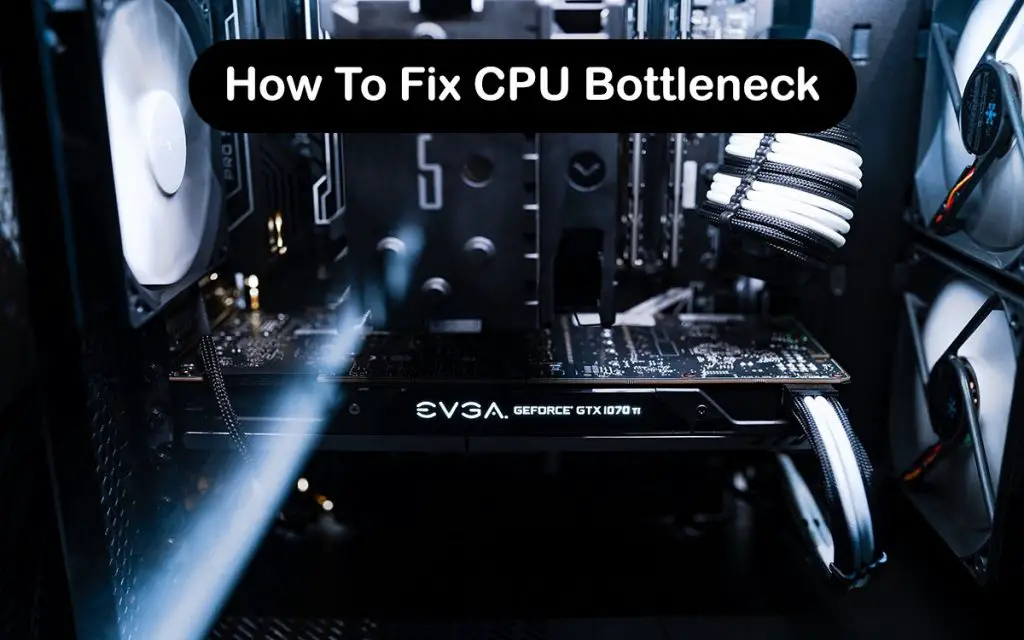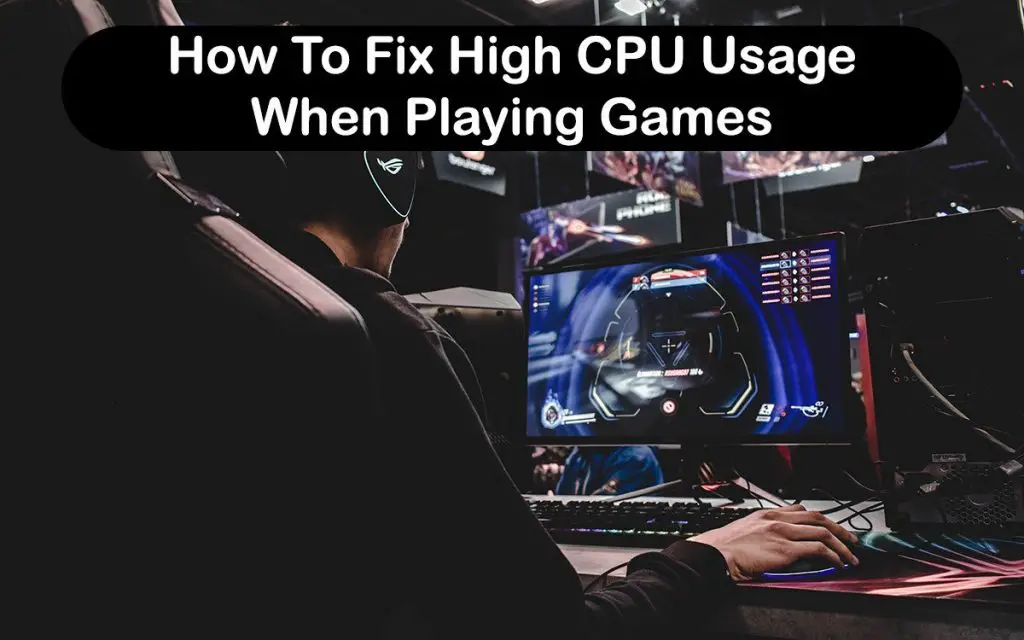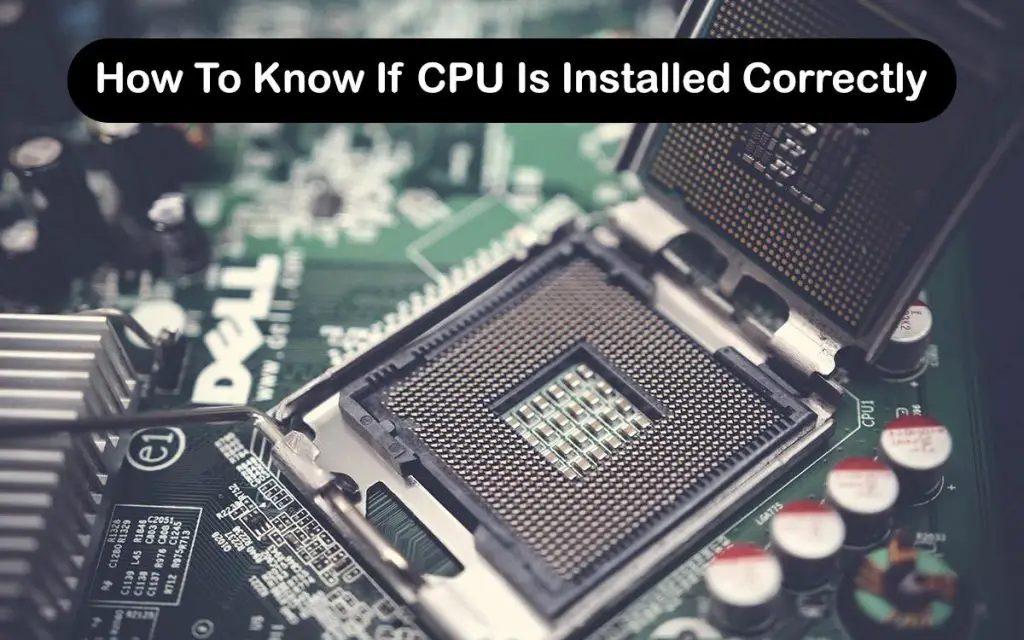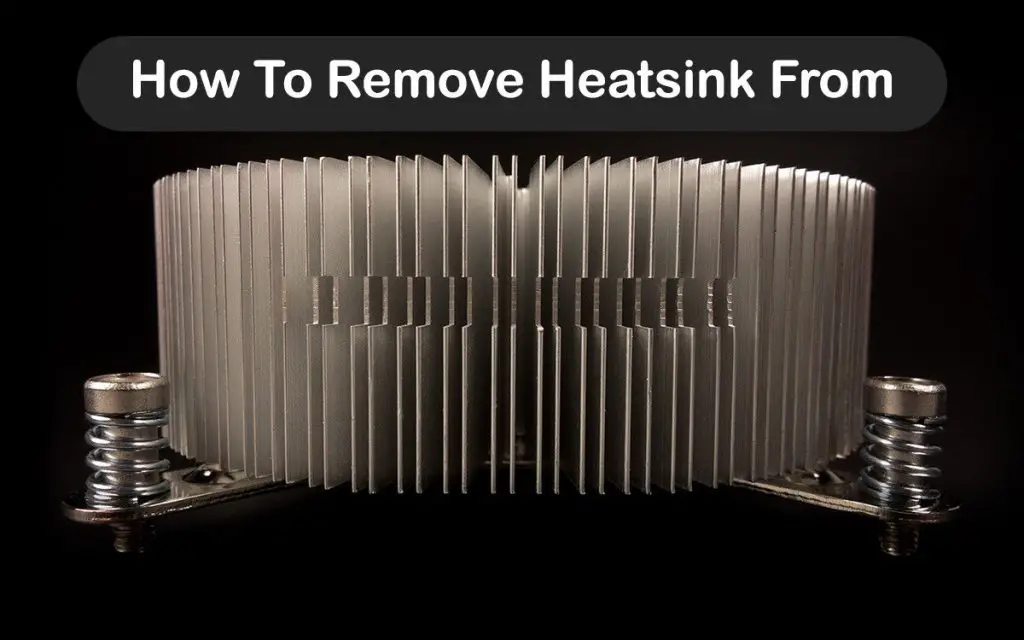A CPU bottleneck is one of those problems that each PC gamer comes across at one point in their life. People tend to upgrade their GPU while forgetting that the CPU also plays an important role in the overall performance in games. How to fix CPU bottleneck?
First of all, it is important to mention that a RAM or GPU bottleneck is also possible. If you do not have enough RAM or it is too slow, you will notice micro stutters and freezes. It is easily solved by adding more RAM. A GPU bottleneck, on the other hand, is not a problem at all. If the GPU is slower than the CPU, it will work at 100% most of the time in games. This is good as it means that you can use its full potential.
A CPU bottleneck is not something that you want to have. So how to fix CPU bottleneck? There are a few things that you can do before resorting to overclocking or upgrading your CPU. The first and easiest solution is to simply bump up the graphics. What this does is that it balances the work that your CPU and GPU have to do. The GPU will have to render more details and it will be more in line with the CPU. If you already run everything on ultra, you can try increasing the rendering resolution.
Another solution is an obvious one. Eliminate all background processes which you do not need. This will lighten your CPU’s workload, allowing it to allocate more processing power for the task at hand. You can also try to lower all CPU-intensive settings in games or disable them altogether. These are things such as population density, vegetation, draw distance, and similar. If all else fails, you can always resort to overclocking the CPU.
If you wish to learn more about what bottleneck means, how to fix CPU bottleneck, and how to identify it, keep on with your reading.
What Is The Meaning Of Bottleneck In PC?
A bottleneck in PCs is essentially a choke point. The term “bottleneck” refers to the neck of a bottle that is filled with liquid. The liquid cannot leave the bottle very quickly because of the neck in place. Similarly, a bottleneck inside your computer means that one of your components (most commonly CPU) is slowing down the process of data.
This happens because the CPU cannot keep up with the rest, either because it is outdated or simply less powerful than your shiny new GPU. An example of a serious bottleneck would be a Ryzen 3 1200 paired with an RTX 2070. The CPU would be always running at 100%, while the GPU would be around 60-70%. So, how to fix CPU bottleneck and how to identify it in the first place?
How To Identify CPU Bottleneck?
A CPU bottleneck can be identified in a few different ways. One of the first and most obvious signs is that your performance is lackluster. You got the brand-new RTX 3080 because everybody keeps saying how they are getting 60 FPS on 4k Ultra in Red Dead Redemption 2, but you hardly get 40 on the same card. That is because your CPU cannot keep up with all the image processing that your GPU does.
Another conspicuous sign is that you see your CPU running at 100% all the time, whereas the GPU sits under 80% whenever you look at it inside a game. Most games nowadays allow you to monitor CPU and GPU usage in the settings and it is a good idea to turn it on.
Last but not least, a great way of measuring CPU bottleneck is to use an online bottleneck calculator. Simply key in your specs and it will automatically tell you the percentage of your CPU bottleneck at different resolutions. If it is 10-20% or more, then you have a CPU bottleneck.
Note that not all bottleneck calculators are 100% accurate and you should take their results with a grain of salt. Some games will use your CPU way more than others. The same goes for the GPU. Also, proper optimization by the developers is important because it ensures that your components are being utilized at full capacity.
Can Bottleneck Damage Your PC?
No, a bottleneck cannot damage your computer. While it does make the CPU (or GPU) run at 100%, it is not a bad thing by any means. PC components are designed to be used that way. The only thing that you might worry about is the thermals. While high temperatures can have a slight impact on the CPU and GPU lifespan, it is very minor. Your components will become obsolete long before they die from regular use. So, how to fix CPU bottleneck or reduce it as much as possible then?
How Do You Reduce A Bottleneck?
So, how to fix CPU bottleneck or at the very least reduce it? As mentioned earlier, the easiest way is to increase the GPU workload while also decreasing the CPU workload. This can be done by increasing the resolution and details while also lowering settings that use the CPU, such as population density or view distance. This balances the workload between the two, making it much easier for the CPU to catch up with all the data that is rendered by the GPU.
Increasing the rendering resolution and playing around with other settings usually has the best results. This works especially well if your CPU bottleneck is around 5-10%. If this does not help, you can always upgrade your CPU. That will always fix the problem. Similarly, you can try overclocking your CPU if you do not wish to buy a new one right now. How to fix CPU bottleneck by overclocking, though?
Will Overclocking CPU Reduce Bottleneck?
The short answer is yes, it will. This is because overclocking makes the CPU perform better. Overclocking is a popular solution if you have an unlocked CPU and adequate cooling. As long as you set your expectations right, a CPU overclock will bring more performance to the table for free. While it is possible that a CPU overclock eliminates the bottleneck, it is rare. It can only happen if your bottleneck is insignificant, like when your GPU is already running at 85-90% in AAA games.
However, overclocking your CPU is far from the best solution when it comes to a CPU bottleneck. No amount of overclocking can make an underpowered CPU work well with a high-end GPU, it will only make the bottleneck slightly less prominent. So, how to fix CPU bottleneck? It will work best if you combine overclocking with lowering CPU-intensive tasks and increasing graphics settings and rendering resolution.
What Happens If Your CPU Bottlenecks?
If your CPU bottlenecks, it means that it cannot process all the data that your GPU needs. It cannot keep up with the demand, creating a choke point. You will see that your performance is worse than it should be. The CPU processes the entities in games, physics, audio, UI, actions, and other miscellaneous things. Your GPU renders the image, meaning that it is concerned with graphics and how the game looks.
You can easily notice a bottleneck if you look at the usage of the CPU and GPU. Ideally, you want the CPU to be under 90% and the GPU hovering in the 90-100% range. It is normal and good to see a GPU constantly running at 100%. It means that everything is fine and both components are doing their job. When your CPU is too weak, it will have a significant impact on the FPS. Also, you might experience micro stutters and freezes because the CPU cannot process everything in time.
Final Thoughts
A CPU bottleneck happens when your CPU is too weak when compared with your GPU. You can easily monitor your CPU and GPU usage in games. If you see that your CPU is always running at 100% while your GPU is only around 70-80%, it means that you have a CPU bottleneck. Bear in mind that not all games are equal and your mileage may vary. Strategy games, for example, are notorious for using the CPU while also not utilizing the GPU fully.
This is because strategy games are packed with entities, actions, AI, and physics that need to be processed all at the same time. The more entities there are, the more CPU-bound a game is. How to fix CPU bottleneck? You can mitigate some of it by lowering the CPU-intensive settings.
Another thing that you can do is to max out all graphics settings. It will make the GPU work harder without affecting the CPU. This balanced workload is good for your FPS, but the additional eye candy is not a throwaway, either. After all, who would not want to have more FPS and better graphics at the same time?
You can also try overclocking. While it will not miraculously make your obsolete CPU suddenly work great with the latest and greatest graphics cards, it is an idea worth exploring. Overclocking is especially useful when your bottleneck is minor. If all else fails, upgrading your CPU is always the best solution.






